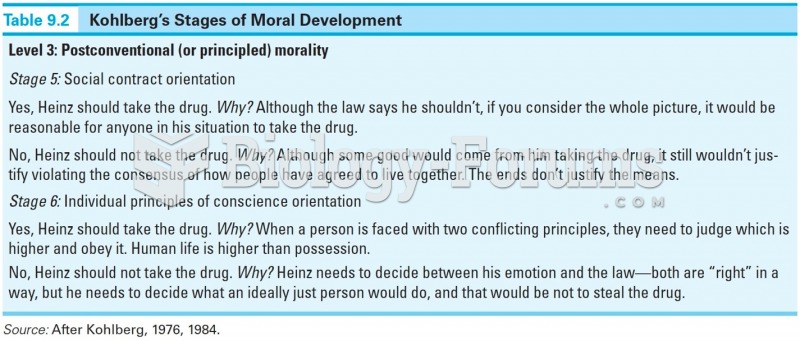Answer to Question 1
Cuban immigration to the United States since the 1959 revolution has been continuous, but there were three significant influxes of large numbers of immigrants through the 1980s. First, the initial exodus of about 200,000 Cubans after Castro's assumption of power lasted about three years. Regular commercial air traffic continued despite the United States' severing of diplomatic relations with Cuba. This first wave stopped with the missile crisis of October 1962, when all legal movement between the two nations was halted.
An agreement between the United States and Cuba in 1965 produced the second wave through a program of freedom flightsspecially arranged charter flights from Havana to Miami. Through this program, more than 340,000 refugees arrived between 1965 and 1973 . Despite efforts to encourage these arrivals to disperse into other parts of the United States, most settled in the Miami area (Abrahamson 1996). The third major migration, the 1980 Mariel boatlift, has been the most controversial. In 1980, more than 124,000 refugees fled Cuba in the freedom flotilla. In May of that year, a few boats from Cuba began to arrive in Key West, Florida, with people seeking asylum in the United States. President Carter (1978:1623), reflecting the nation's hostility toward Cuba's communist government, told the new arrivals and anyone else who might be listening in Cuba that they were welcome with open arms and an open heart. As the number of arrivals escalated, it became apparent that Castro had used the invitation as an opportunity to send prison inmates, patients from mental hospitals, and drug addicts. However, the majority of the refugees were neither marginal to the Cuban economy nor social deviants.
Other Cubans soon began to call the refugees of this migration Marielitos. The word, which implies that these refugees were undesirable, refers to Mariel, the fishing port west of Havana from which the boats departed and where Cuban authorities herded people into boats. The term Marielitos remains a stigma in the media and in Florida. Because of their negative reception by longer-established Cuban immigrants and the group's modest skills and lack of formal education, these immigrants had a great deal of difficulty in adjusting to their new lives in the United States.
The difficult transition for many members of this freedom flotilla also has other reasons.
Unlike the earlier waves of immigrants, they grew up in a country bombarded with anti-American images. Despite these problems, their eventual acceptance by the Hispanic community has been impressive, and many members of this third significant wave have found employment. Most have applied for permanent resident status. Government assistance to these immigrants was limited, but help from some groups of Cuban Americans in the Miami area was substantial. However, for a small core group, adjustment was impossible.
Since 1994, the United States has had a dry foot, wet foot policy with respect to arrivals from Cuba. Government policy generally allows Cuban nationals who manage to actually reach the United States (dry foot) to remain, whereas those who are picked up at sea (wet foot) are sent back to Cuba. Furthermore, 20,000 visas are issued annually to immigrants who are seeking economic freedom and, for the most part, are not strongly anti-Castro. Unfortunately, other Cubans have taken great risks in crossing the Florida Straits, and an unknown number have perished before reaching the mainland or being intercepted by the Coast Guard. Through all these means, about 300,000 Cubans have come to the United States since 1964.
Answer to Question 2
Korean American businesses are seldom major operations; most are small. They do benefit from a special form of development capital (or cash) used to subsidize businesses called a kye. Korean Americans pool their money through the kye, an association that grants members money on a rotating basis to allow them to gain access to additional capital. Kyes depend on trust and are not protected by laws or insurance, as bank loans are. Kyes work as follows: Say, for example, that 12 people agree to contribute 500 a year. Then, once a year, one of these individuals receives 6,000 . Few records are kept, because the entire system is built on trust and friendship. Not all Korean business entrepreneurs use the kye, but it does represent a significant source of capital.







